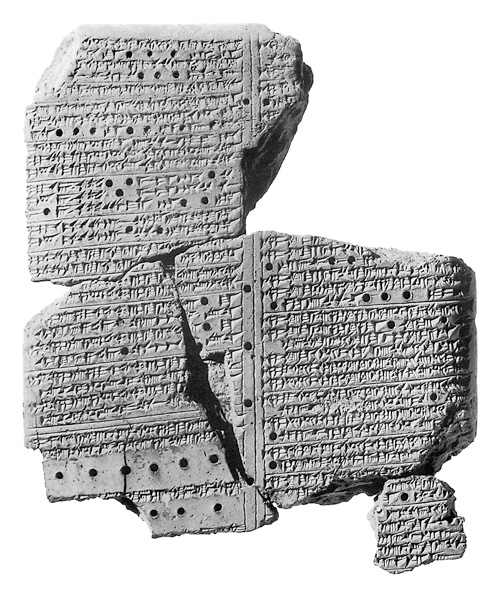Image Details

Babylonian Liver Omens
Cuneiform tablets, made of mudbrick, preserving the records of ancient Mesopotamian civilizations, have survived in vast quantities. Of the roughly half-million in the possession of museums and research institutions, only a fraction have been studied. The fragment shown here, part of the collection at the British Museum, is published in Assyriologist Ulla Koch-Westenholz’s Babylonian Liver Omens, which examines a portion of ancient tablets dealing with the Babylonian practice of slaughtering sheep and studying their organs for portents of the future.
